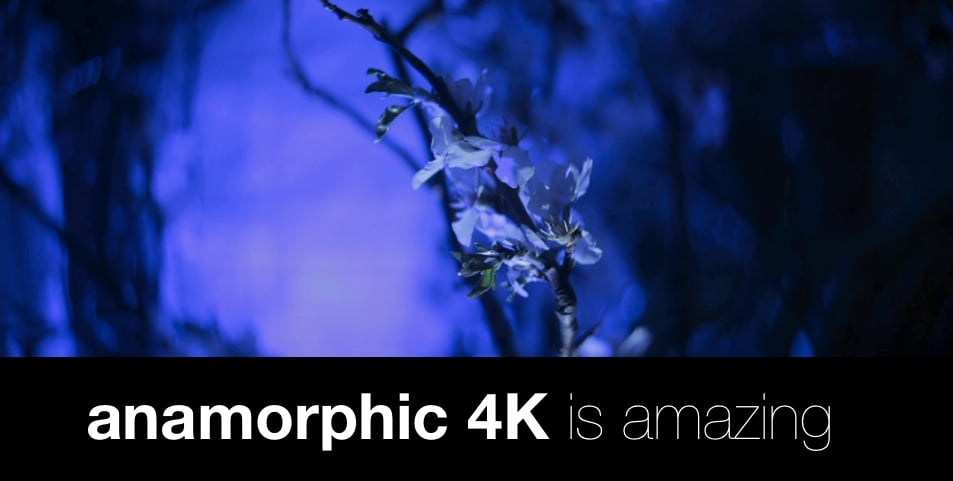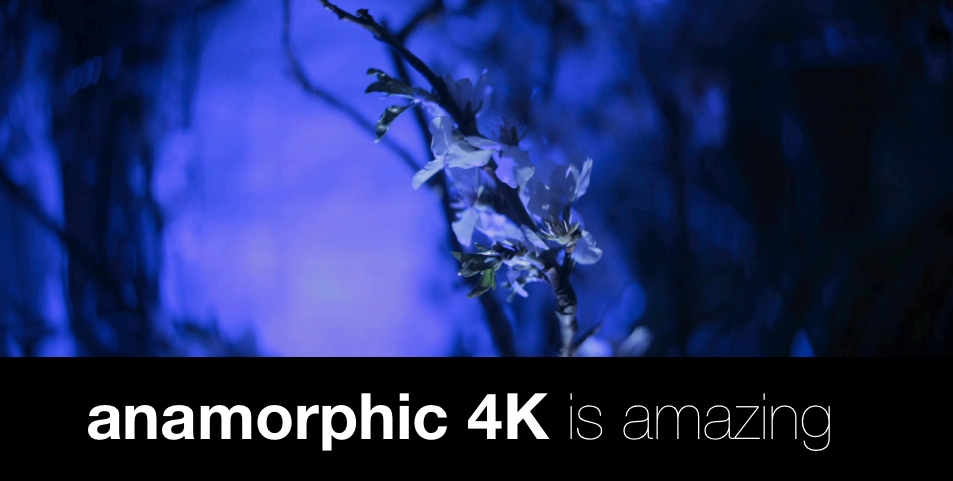
 1-D C Anamophic
1-D C Anamophic
The resolution of 4K sensors means that there's easily enough detail to work well with anamorphic lenses for those cinematic ultra-wide aspect ratios
We're seeing a trend. It's people using anamorphic (quite often vintage) lenses with 4K cameras. You can see why they're doing it. With 4K there's enough intrinsic resolution in the sensor to easily cope with the spacial compression that is imposed by using anamorphic lenses, and all the "character" - good or bad - of the older lenses shines though.
And the result? Gorgeously cinematic-looking widescreen video with that characteristic oval blur.
Canon EOS 1-D
The camera that seems to be inviting more anamorphic trials and projects than any other is the Canon EOS 1-D C. It's expensive for a DSLR, but when you look at the pictures, you're tempted to forget about the ergonomics and the price, and consider it as a filmmaking tool that can hold it's head up in the best of company.
This test by Thomas Mihailos pitts the 1-D C against the worst of conditions. It's just a random selection of difficult shots.
But when you see this, you can't help thinking how good the camera must be in proper - or even some (as opposed to none!) - lighting.
Tags: Production


Comments